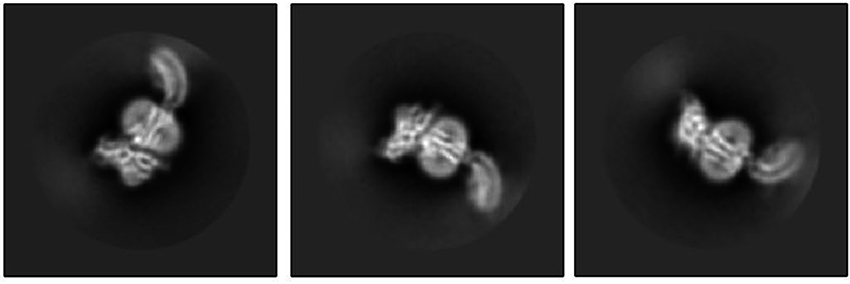
At a glance:
- Study reveals the atomic structure of a cell receptor that binds to relaxin, a hormone involved in pregnancy and in heart, lung, liver, and kidney function.
- Findings lay a foundation for developing drugs that act on the receptor to treat heart disease and scar tissue buildup.
- Work represents the culmination of efforts across four labs.
As the proverb goes, it takes a village to raise a child. It can also take a village to make progress in science and medicine.
In this case, labs from not one, not two, but three departments in the Blavatnik Institute at Harvard Medical School, along with a colleague in France, came together to figure out the structure of a tricky receptor involved in heart, lung, liver, and kidney function as well as pregnancy.
Untangling this structure, described April 20 in Nature Chemical Biology, provides a foundation for developing drugs that act on the receptor with the goal of treating heart disease and conditions marked by the buildup of scar tissue, or fibrosis. Those include idiopathic pulmonary fibrosis, a chronic disease of the lungs; non-alcoholic fatty liver disease; and scleroderma, which affects the skin, joints, and internal organs.
The work may also pique the interest of other scientists who study basic biology because the receptor has an unusual structure that stands out from other members of its family, the G protein-coupled receptors.
Science. Medicine. Humanity.
Harvard Medicine magazine delivered to your inbox



